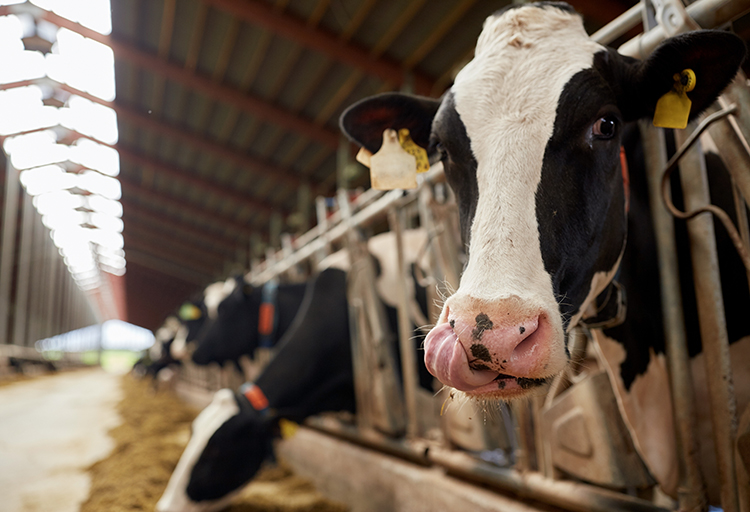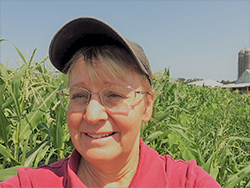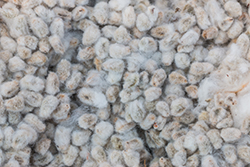It seems like the dairy industry has a new challenge every year. This year’s challenge is volatility. Feed and agronomy costs are at an all-time high, forage reserves are low, and the supply chain is unpredictable. While it’s fortunate that milk prices are keeping pace with the increased input costs, nothing is guaranteed to hold steady.
Dairy producers have always been great at adapting to different conditions and climates. One of the main topics we discuss when I get out to a farm is what feeds work well on their operation to provide the best return on investment. Feed is by far their largest expense, and they want the most bang for their buck.
I always try to utilize home-grown ingredients first. Hopefully, the quality is high enough, so the purchased feed cost is minimal. Then I look at other feeds to bridge the gaps. Whole cottonseed is one I typically recommend.
Cottonseed is a unique feed. It provides some good digestible fiber, a fair amount of protein, and a good level of fat. The oil in cottonseed is trapped in the layers of fiber in the hulls, as the seed breaks down in the fermentation vat of the rumen, the fat is slowly released and utilized. This is very different from other vegetable oils such as the oil in soybeans, which hits the rumen all at once and often depresses the butterfat content in the milk.
Due to its fortified nutrient analysis, cottonseed works well to fill in the gaps of a ration that on-farm feedstuffs can’t cover. It can be used to stretch forage supplies, provide a great source of extra energy, or balance the amino acids (protein) in the diet.
Cottonseed is also grown here in the U.S. Other products such as palm fat are shipped in from other countries, making them harder to source. Most distributers have products like palm fat on allocation, meaning supplies are limited. Since cottonseed is more local it’s easier to source and add to rations.When feed ingredient costs are high, I use programs such as Sesame, FeedVal, and MilkPay and my ration formulation software to determine the right mix for optimal return on investment. I usually opt to reduce cottonseed in a ration rather than take it out completely. I find that on most farms cottonseed really does pay because of its versatility.
If you think that cottonseed would fit in your operation, sit down with your nutritionist or visit wholecottonseed.com for more information.






